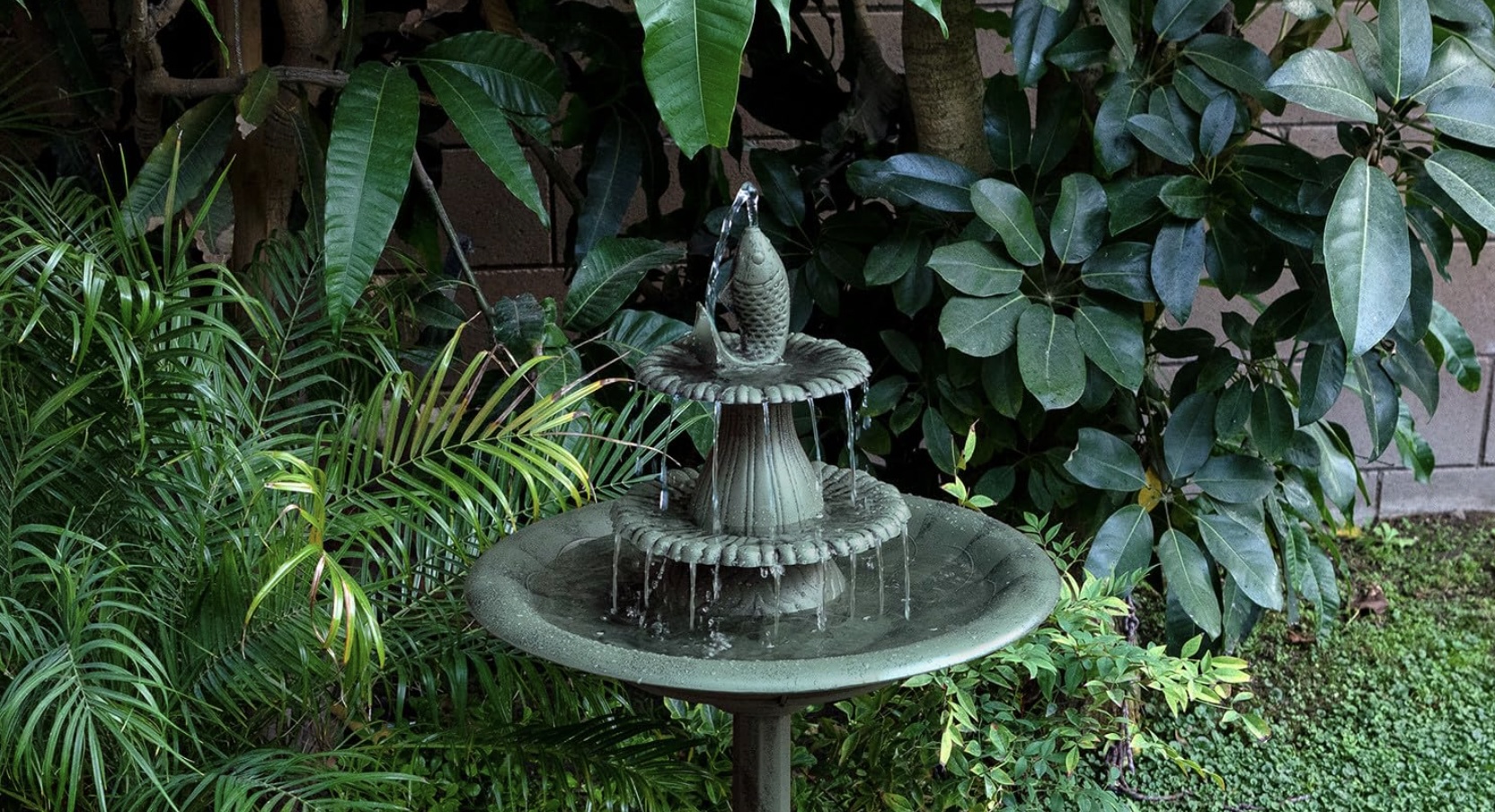Parakeets, also known as budgerigars or budgies, are delightful birds known for their intelligence, playful nature, and vibrant colors. Before bringing one of these charming creatures into your home, it’s essential to understand what caring for a parakeet entails. Here are the top 10 things to consider before bringing home a pet parakeet.
1. Lifespan and Commitment
Parakeets live an average of 10-15 years, and some even reach 20 years. This is a significant time commitment, as your pet will depend on you for care, attention, and companionship throughout its life.
2. Social Animals
Parakeets are flock animals in the wild and thrive on social interaction. It may be beneficial to consider getting two parakeets so they can keep each other company.
3. Space Requirements
A spacious cage, at least 20 inches wide, 18 inches deep, and 18 inches high is necessary for a single parakeet. They need room to fly, climb, and play.
4. Nutrition
A balanced diet is crucial. Provide a mix of pellets, fresh vegetables, and occasional seeds and fruits. Avoid avocado, chocolate, and other toxic foods.
5. Exercise and Enrichment
Regular out-of-cage time is necessary for physical and mental health. Toys, perches, and occasional treats can keep them stimulated and engaged.
6. Vet Care and Health
Regular vet check-ups, and finding an avian vet in your area, is essential. Keep an eye out for signs of illness like changes in droppings, feather plucking, and lethargy.
7. Budget
In addition to the upfront cost of the parakeet(s), consider recurring costs for food, vet care, toys, and cage replacements or upgrades.
8. Noise Level
Parakeets are vocal birds. They chirp, sing, and can learn to mimic sounds and words. This might not be suitable for all living situations.
9. Training and Taming
With patience and gentle training, parakeets can become hand-tamed and even learn tricks or talk. Consistency and positive reinforcement are key.
10. Family and Other Pets
Consider how a parakeet will fit into your family. Not all pets, like cats and dogs, will be compatible with a small bird.
Frequently Asked Questions by First Time Parakeet Owners
- How long do parakeets live? Parakeets have a lifespan ranging from 10 to 15 years, with some living up to 20 years when given proper care. It’s important to be prepared for the long-term commitment involved in caring for a parakeet. These birds become a significant part of your life and family.
- What should I feed my parakeet? A balanced diet for a parakeet includes high-quality pellets, fresh vegetables, and occasional fruits and seeds. Avoid feeding them avocados, chocolate, and other toxic foods. Fresh water should always be available.
- How big should my parakeet’s cage be? A suitable cage should be at least 20 inches wide, 18 inches deep, and 18 inches high for a single parakeet. The cage should be larger if you have more than one bird. It’s essential to ensure they have enough space to fly and move around comfortably.
- Can parakeets talk? Yes, many parakeets can learn to mimic words and phrases. They tend to be quite vocal and are known for their playful chatter. However, not all parakeets will learn to talk, and females are generally less likely to talk than males.
- Do parakeets need a companion? Parakeets are social animals and often thrive when they have a companion. Having another parakeet can help prevent loneliness, but it also means more care and space will be necessary. It’s essential to properly introduce new birds to each other.
- How often should I clean my parakeet’s cage? It’s best to spot clean the cage daily by removing waste and food debris, and to do a thorough cleaning, including washing and disinfecting the cage, at least once a week. A clean environment is crucial for your parakeet’s health.
- Can I let my parakeet fly around the house? Yes, parakeets need exercise and mental stimulation, so providing safe, supervised out-of-cage time is essential. Make sure the room is secure and free of hazards like open windows, other pets, and toxic plants.
- How do I tame and train my parakeet? Taming and training take time and patience. Start with getting your parakeet used to your presence, then move on to hand-taming using gentle and positive reinforcement, like treats. Consistency is key.
- How can I tell if my parakeet is sick? Signs of illness in a parakeet may include changes in droppings, lethargy, feather plucking, or changes in eating habits. If you suspect your parakeet is unwell, consult an avian veterinarian promptly.
- Do parakeets need a specific sleep schedule? Parakeets need about 10-12 hours of sleep per night. It’s important to place their cage in a quiet, dark place during the night to ensure they get adequate rest.
- What toys are safe for my parakeet? Opt for toys made of bird-safe materials such as wood, rope, and untreated leather. Avoid toys with small parts that can be ingested or those with sharp edges. Regularly check toys for wear and tear.
- How do I clip my parakeet’s wings? If you’re inexperienced, it’s best to have an avian vet or experienced bird handler show you how to clip your parakeet’s wings. It involves trimming the primary flight feathers without hurting the bird.
- Can parakeets live with other bird species? It’s generally safest to keep parakeets with other parakeets. Mixing bird species can lead to stress, territorial issues, and potential health problems due to differing care needs.
- How do I introduce a second parakeet? Quarantine the new bird initially to prevent potential disease spread. After a vet check, gradually introduce them by placing their cages near each other before attempting any direct contact.
- What temperature is ideal for a parakeet? Parakeets thrive in temperatures ranging from 65 to 75 degrees Fahrenheit (18 to 24 degrees Celsius). Avoid sudden temperature changes and drafts.
- How can I tell the sex of my parakeet? In mature parakeets, males typically have a blue cere (the area above the beak), while females have a brown or beige cere. However, this can vary among different parakeet varieties.
- How much does it cost to care for a parakeet annually? Costs for parakeet care include food, vet visits, toys, and cage maintenance. It can vary widely but expect to spend a few hundred dollars annually.
- Can parakeets eat human food? While they can eat some human foods like fruits and vegetables, avoid feeding your parakeet processed or high-sodium foods, and never feed them chocolate or avocado.
- Do parakeets need baths? Most parakeets enjoy bathing, which helps keep their feathers clean. Provide a shallow dish of water or mist them lightly with a spray bottle.
- How do I know if my parakeet is happy? A happy parakeet is active, curious, and engages with their environment. Signs of contentment include singing, playing with toys, grooming, and a healthy appetite.
Conclusion
Bringing home a pet parakeet can be a joyful and rewarding experience. These intelligent, social birds can bring vibrant energy into your life. But, like any pet, they require a significant commitment of time, energy, and resources. By considering these 10 points, you’ll be better prepared to provide a loving, safe, and stimulating environment for your new feathered friend.


